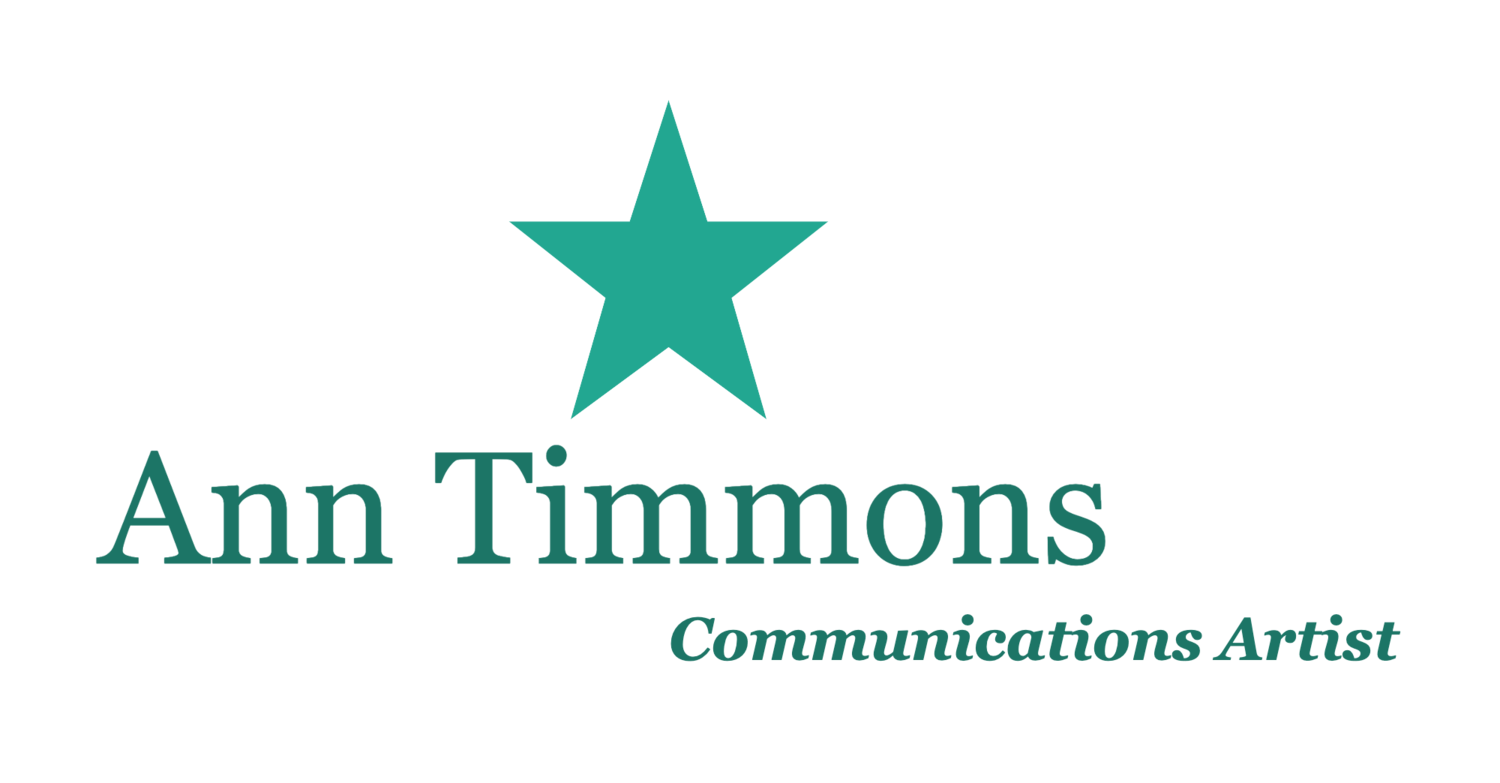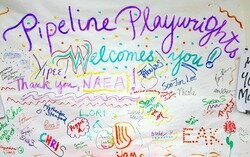One of the high points of my recent trip to London was a compelling production of Shakespeare's Julius Caesar at the new Bridge Theatre, directed by Bridge's founder, the brilliant Nicholas Hytner.
This play is startlingly relevant at the moment. And Hytner has underscored that relevance, streamlining the text and giving it momentum that does not stop for a nanosecond. I have never experienced staging like this: I had tickets to stand on the floor, where I joined others to became part of the story, literally standing in for the Roman mob whose shifting political allegiance drives the play. We surrounded the actors, whose playing space was constantly changing: large portions of the floor lifted up for various scenes, so action moved quickly, As eyewitnesses to unfolding events, we moved around them. Tension mounted and the threat of violence ratcheted up in the second half of the play. I have never before experienced a play so viscerally.
It wasn't just the proximity to the action that drew me in. It was the complete authenticity of the actors. Standing practically next to them, I felt their intimate connection to the story. One moment in particular stands out: early in the evening I was about three feet away from Brutus (a thoughtful, almost nerdy Ben Whishaw). He was sitting at his desk, arguing with himself whether or not to join the plot to kill Caesar. As he was thinking out loud I saw him: completely, wholly, believably Brutus. And I was struck by the depth of emotion and thought that radiated from his very being. But I didn't see a brilliant actor, because it was not at all about him.
It was about active engagement in the thought process. It was--as all acting is--about action, about doing. Even when what we are doing is "just thinking." Engaging in powerful thought is action, as I tell my acting students and my speaking clients. You don't have to push or make things happen in order to be interesting. But if you are fully committed to your thoughts you will be completely in the moment. Because when you are actively thinking about what you are saying and why you are saying it, you physically and mentally connect with the images that led to the thought. And because of this connection, you are immersed, engaged, as you speak.
Your audience will sense it, whether they are "groundlings" at a theatre, or your leadership team in the board room. That is how you become authentic and project authenticity. That is how you pull your listener into your story, so they believe it, too. Don't second-guess yourself. Commit to your message. Commit to the thoughts behind what you are saying. You'll nail your performance. And you might even be asked for an encore!

















